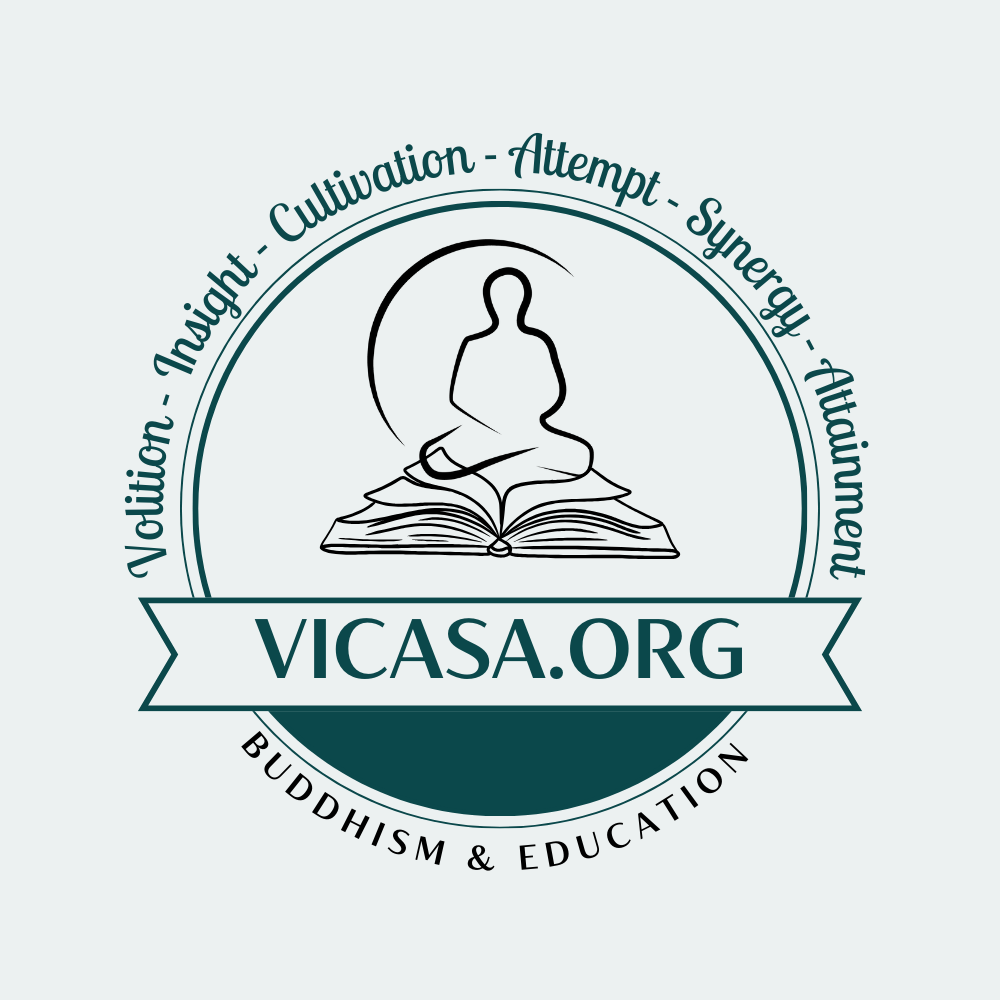From "Sage on the Stage" to "Guide on the Side."
—ALISON KING
Working with learners in a variety of capacities, we realize that our understanding of child, adolescent, and adult development and learning has changed significantly over time. Our teaching approach has changed as a result, with the concentration on directing followers in these situations rather than trying to impart our comprehension to them.
Our teaching philosophy is impacted by a few theories, most primarily constructivism, pedagogical progressivism, and social reconstructionism. Evidence espouses the thought that students construct novel knowledge due to activating prior knowledge and creating new connections in new situations. We, therefore, attempt to design an academic environment and engagements that permit our believers to construct their own comprehensions, rather than feeling we are conveying our wisdom to them. We likewise adopt the principles of pedagogical progressivism, particularly concentrating on the comprehensive students, active learning, and the social aspect of education. We contend that education can make the world more robust, and it is our duty as educators to ponder how our students will positively affect the future.

Progressing a growth mindset for both ourselves and our learners has become a central tenant of our instructional approach. When our learners express they can’t do something, we strive to assist them in motivating and internalizing the phrases, “I can’t do it yet” and now “I can do it well.” We also identify knowledge points or skills we are not good at yet and try to model embracing and learning from our mistakes. For example, we choose a natural method of instruction so that sometimes students can still see us making mistakes while studying, rather than only demonstrating to them things we are good at.
Sayalay Vijjāñāṇī (Tue Minh)
‘Sage on the Stage’ vs ‘Guide on the Side’
Sometimes called the “Sage on the Stage” style, the teacher-centered model positions the teacher as the expert in charge of imparting knowledge to his or her students via lectures or direct instruction. In this setting, students are sometimes described as “empty vessels,” listening to and absorbing information.
Though the teacher-centered learning method is historically considered the more traditional approach, the education field has evolved to recognize the significant benefits of empowering students to be more active participants in their own learning. However, there continue to be countless examples of students being challenged and transformed by a teacher lecturing about a subject they have spent their entire life exploring.
Sometimes called the “Guide on the Side” style, the student-centered learning model builds in more equanimity between the teacher and student, with each playing a role in the learning process. The teacher still exercises authority, but is more likely to act as a facilitator, coaching students and assisting them in their learning.
This approach, which has grown in popularity over the past several decades, champions student choice and facilitates connections among students, embracing the philosophy that, for a student to truly learn, they must be actively involved in the process.
Joseph Lathan, PhD
Complete Guide to Student-Centered vs. Teacher-Centered Learning
